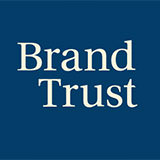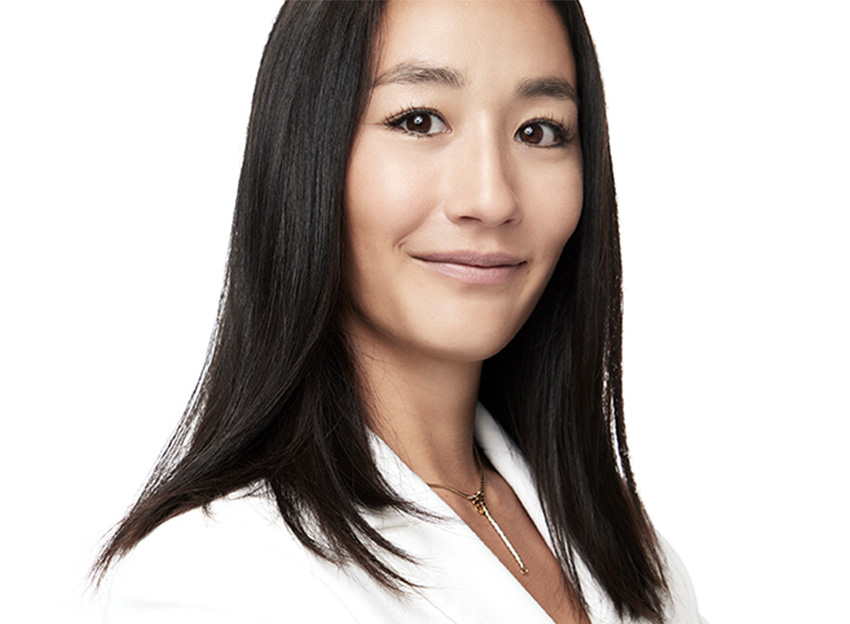
Whether airline, grocery retailer, or restaurant – the same goes for all of them: They have to remain unique so that they do not disappear among the overabundance, but continue to convince.
In oversaturated markets, brands have to be unique
Article
30. November 2015 ▪ Reading time: approx. 4:10 min.
We all know examples like this: the little Italian restaurant that is not being run by an Italian and – to appeal to as many different customers as possible – does not offer only authentic specialties but sells pizza, pasta, schnitzels, burgers, and sandwiches, for dine-in or take-out, and adds a lunch special, value meal, and daily deal.
This restaurant has no unique selling propositions. The restaurant owner, against his will, is embroiled in a direct price battle, because he is becoming comparable with every other supplier of food, from restaurant to supermarket, for miles around. The multitudes of competitors and interchangeability of their offers usually result in an immediate multi-front war, in which the price is the only decision criterion that is left.
This problem of a lack of profile in oversaturated markets is not an individual case. We are currently seeing a trend toward interchangeability in many sectors – for example the developments in grocery retailing in Germany, or in global aviation.
Grocery retailing: Trade brands are losing distinction
In the German retail sector, the declining courage to show a clear brand positioning shows as follows: There used to be supermarkets like Reve and Edeka, which offered brand name items. And there were discounters like Aldi and Lidl, which mostly carried "no name" products.
This sharp distinction has been lost today: First Lidl started evolving into a hybrid by offering selected brand name items in order to stand apart from category leader Aldi. At the same time, supermarkets began placing their own labels like "ja!" (Rewe) or "Gut und Günstig" (Edeka) in their store shelves. In addition, Rewe and Edeka launched their own brand discounters Penny and Netto, respectively, which are the ultimate hybrids of supermarket and discounter.
The result is comparability and thus interchangeability. Nowadays, the entry level priced products at Rewe and Edeka are even officially adjusted to the prices of Aldi's equivalent products every day, and often come from the same subcontractor.
The only differentiation is in the packaging design and the shopping experience.
A price war that hurts everyone
How does Aldi react to the increasing number of interchangeable competitors? Instead of consistently maintaining the "Low-Cost/ High Margin" business model and differentiating itself from all those hybrids and brand item suppliers, Aldi too is striving for the middle and offering more and more brand name items. For instance, you can now find Funny Frisch Chips and Red Bull in the store shelves of Aldi Nord and Süd.
The customer is happy, but the margins are suffering: Aldi initially originally offered Funny Frisch Chips, which cost an average of 1.79 €, as a special offer for 1.29 €. The item sold well and was permanently added to the product list. Soon after, Lidl undercut the Aldi price: A bag for 1.19 € instead of once 1.99 €. Today, Aldi and Rewe both carry the item for 1.19 € - and in the current special at Rewe you can get it for 1.11 €. The result: a permanent price drop by over 40%.
The same happened with Red Bull. Aldi added the item to its product list for 0.95 € per 330ml can, undercutting Lidl (250ml for 1.49 €). Penny and Netto reacted directly and also lowered the price to 0.95 € per 250ml. Lidl parried with 0.92 €. For comparison: In supermarkets, the can now costs 1.39 € (Rewe) - Restaurants charge about 4 € per can, and gas stations usually 2.79 €. So the price people are willing to pay for Red Bull is clearly higher than retail prices.
Rewe and Edeka are now differentiating themselves by means of a more sophisticated ambience, exotic products, and a wider product range. This differentiation through a more comprehensive shopping experience is being rewarded by customers: the supermarkets grew by an average of 2.8% in 2014, that's twice the growth rate of discounters.
The winners and growth drivers of the food industry, however, are the specialists: natural foods specialty brands. Their courage to offer a limited number of products that have to follow certain rules and thus drawing clear boundaries is reflected in sales growth of 9% in 2014 – many times that of the industry average.
In aviation, airlines with clear services are making the race
A similar trend toward hybrids and with it the loss of differentiation characteristics can be observed in aviation on a global level. This is a business that once had a monopoly structure and was dominated by flag carriers with unambiguous profiles like Lufthansa. Over the years, an oligopoly of full service providers with decreasingly specific performances evolved. Since the market entry of budget airlines like Ryanair and EasyJet, the price war is officially declared and the interchangeability of the performances is increasing.
Several established airlines like airberlin developed a hybrid business model by reducing services included in the flights – and thereby occupied the middle between premium and low-cost.
Today, all market participants are heading for the middle. Lufthansa has its own budget providers, Germanwings and Eurowings. In addition, a new rates system was recently established that only differs from in-house budget flights by the snack included in the ticket price. For example, there is a new base rate with limited cabin service and without a baggage allowance. Other flag carriers like KLY or SAS have already reduced their services and have arrived at the middle and thus in the price war.
Arabian airlines are leaving the competition behind
At the same time, budget airlines like Ryanair are boosting their service level and also head for the middle of the market: They now offer seat assignment without any extra charge, and attract business travelers by flying to hubs and offering flex rates. The result of this lack of courage on the part of market participants to show a clear positioning is a direct price war and figures in the red for the lion's share of industry players.
Black figures and the highest growth rate in the industry are written by airlines (in addition to budget airlines, which have a superior cost structure) from Arabian countries, such as Emirates or Etihad, and from Asia, like Singapore Airlines and Turkish Airlines.
Their growth is not only due to state subsidies, but also due to their clear positioning with a commitment to service and included performances: Emirates, for example, offers free chauffeur service for business class passengers. In economy, there are special offers for young passengers, a choice of twelve menus, lots of leg room, and a baggage allowance of 32 kg on intercontinental flights. For comparison: a Lufthansa or Air-France passenger flying from Frankfurt to Bangkok may have to make do without any in-flight entertainment and 20kg of free luggage.
Lufthansa's new Premium concept for long-distance flights is a step in the direction of differentiation, but it is in direct contradiction to the new base rates in Europe and stricter rules concerning the rates that are offered. The result of this balancing act remains to be seen. At the moment, however, the brand's attractiveness is clearly taking a nose dive because of the airline's decision to cut services.
The only way out of this price war is differentiation and a distinct profile. Brand building can be a crucial factor for avoiding comparability and growing profitably in the long term.
Whether grocery retailer or airline – the two sector analyses show how important it is in oversaturated markets to have a unique brand positioning. Incomparable products can be sold at incomparable prices. With intelligent brand management, such differentiating peak performances can be expressed even better and the brand profile sharpened even more.
Be sure to stay unique! This is good advice for any company who wants to generate sustained growth in oversaturated markets.













